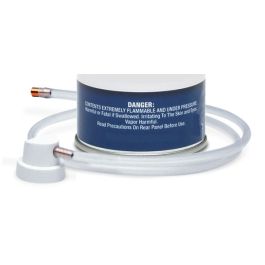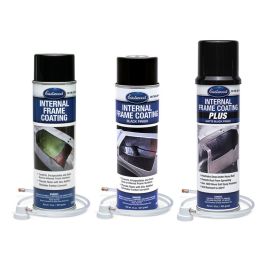Dean Jenkins
Promoted Users
Some of the bed braces on my el Camino have rust holes on the bottom.
Rust is totally stopped as the entire shell was acid dipped (and properly neutralized.)
Replacing the braces is a massive undertaking and I don't think it is required, I believe they can be repaired.
They are basically square tubes made of sheet metal. The sides are great and 90% of the bottom is great, just rust holes at the lowest point, where water collected and sat.
I'm thinking of two options;
1) cut out the rusted sections and weld in new metal. Totally doable.
2) just cutting some strips of sheet metal to overlap the rusted area and then weld them down. Basically cover the rusted section with new metal (leave the rusted sections in place. Would weld the full perimeter and then seam seal as well. This is the easiest, just wondering if there is some pitfall to that, that I haven't thought of.
Appreciate any feedback from those with more experience.
BTW - The rotisserie is "the bomb!" Makes this kind of work so much easier.
Here is the big picture of the underside:

Details of the rusted supports:



Rust is totally stopped as the entire shell was acid dipped (and properly neutralized.)
Replacing the braces is a massive undertaking and I don't think it is required, I believe they can be repaired.
They are basically square tubes made of sheet metal. The sides are great and 90% of the bottom is great, just rust holes at the lowest point, where water collected and sat.
I'm thinking of two options;
1) cut out the rusted sections and weld in new metal. Totally doable.
2) just cutting some strips of sheet metal to overlap the rusted area and then weld them down. Basically cover the rusted section with new metal (leave the rusted sections in place. Would weld the full perimeter and then seam seal as well. This is the easiest, just wondering if there is some pitfall to that, that I haven't thought of.
Appreciate any feedback from those with more experience.
BTW - The rotisserie is "the bomb!" Makes this kind of work so much easier.
Here is the big picture of the underside:
Details of the rusted supports:


